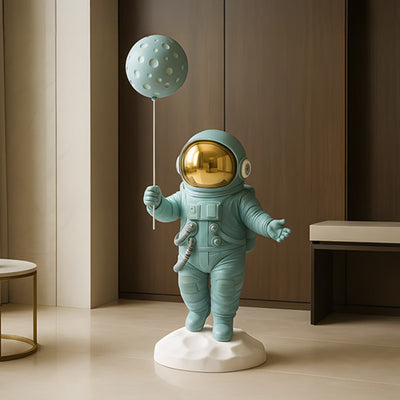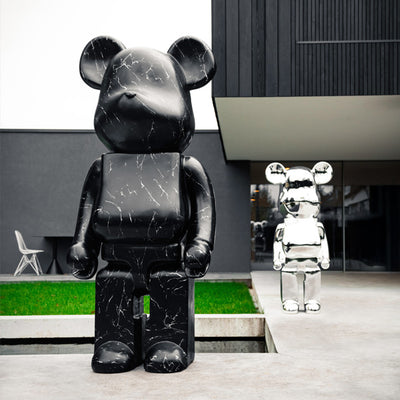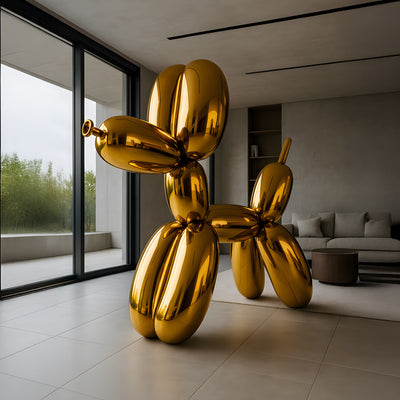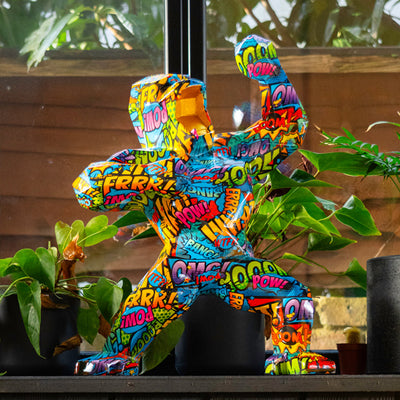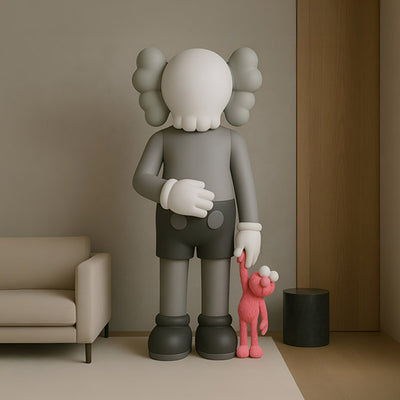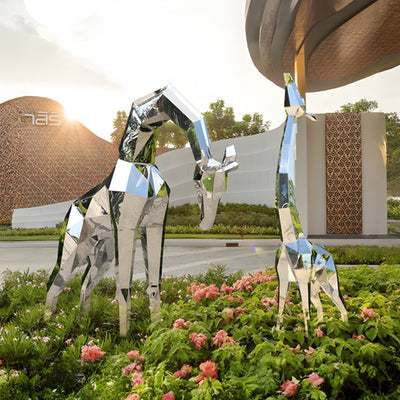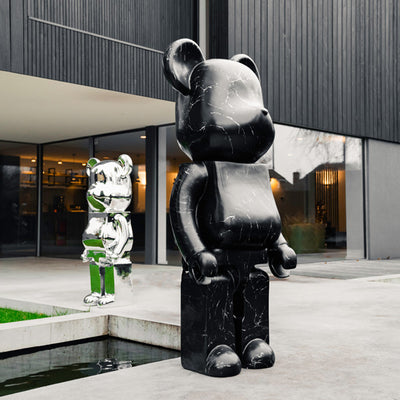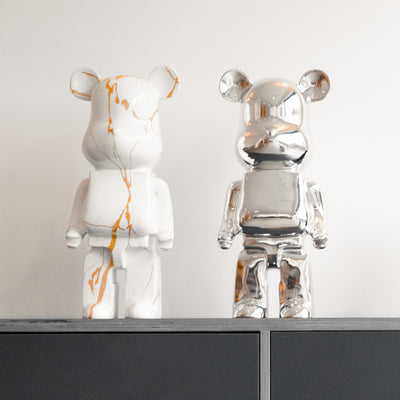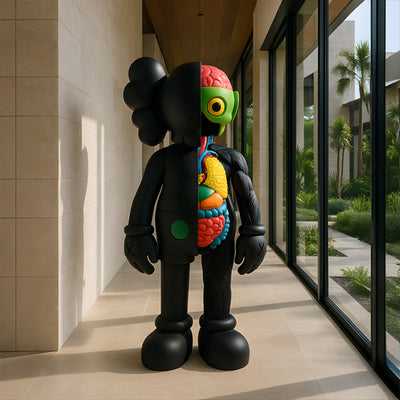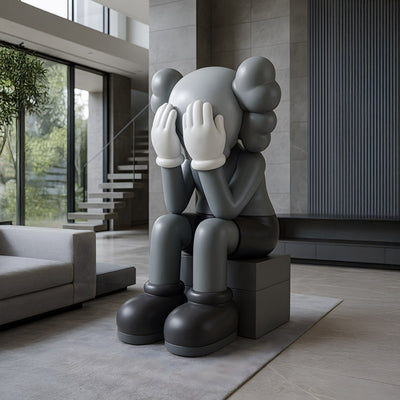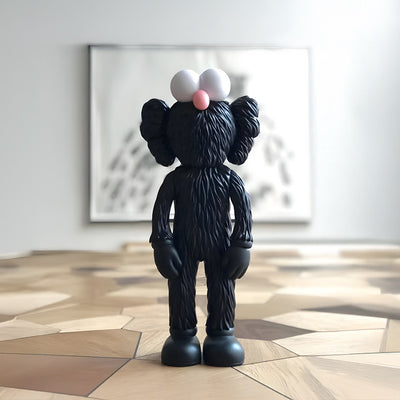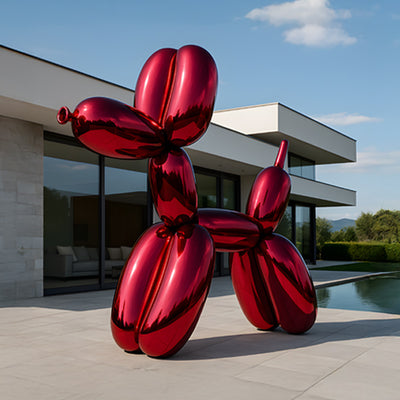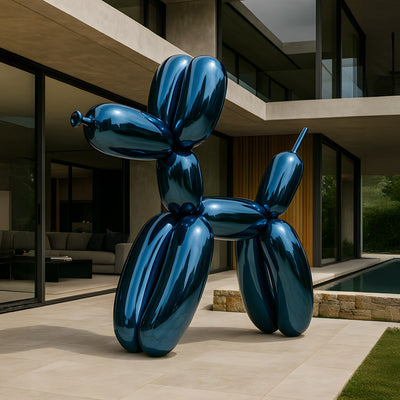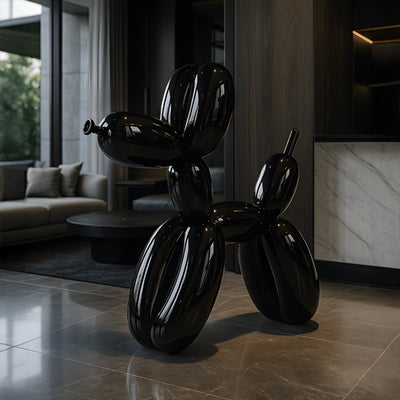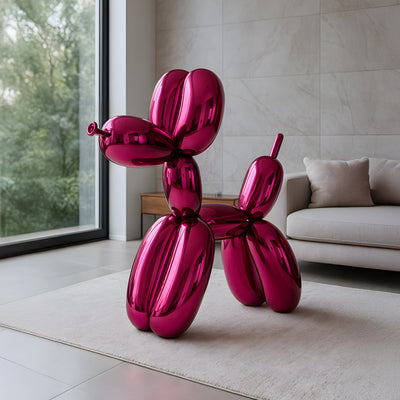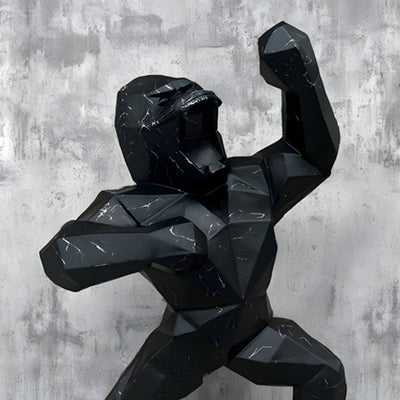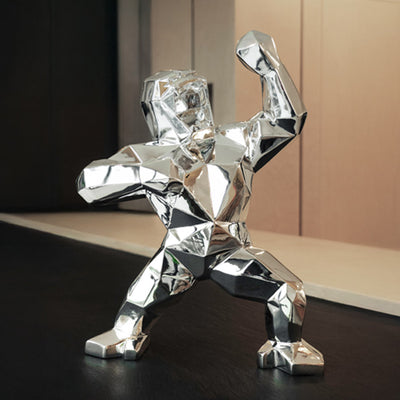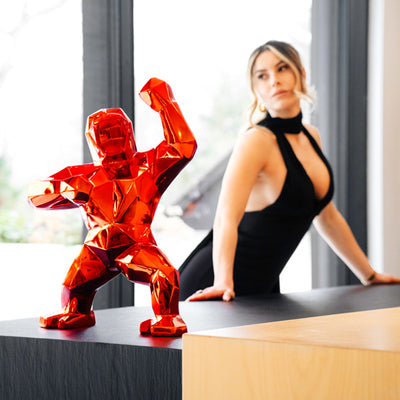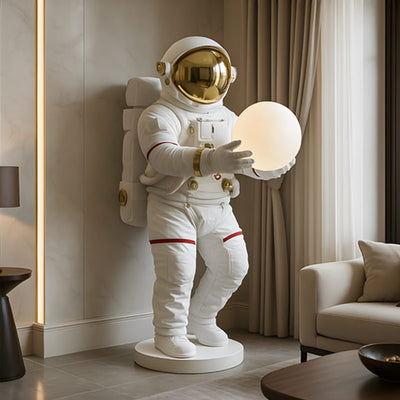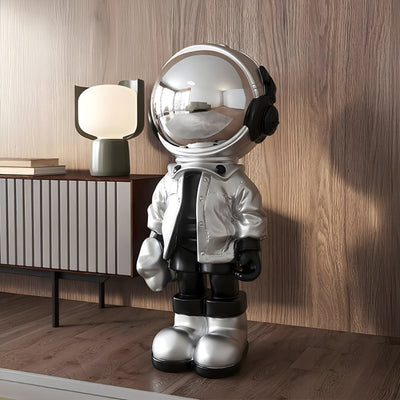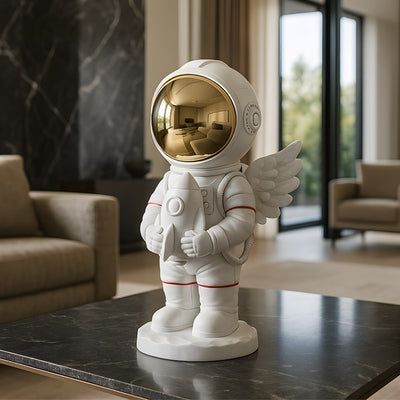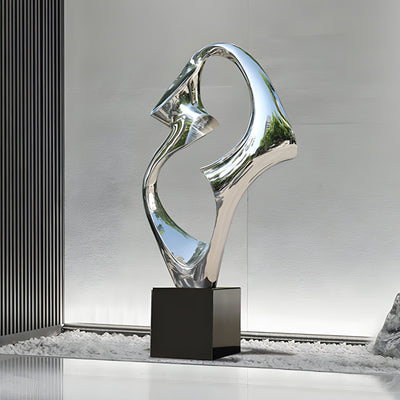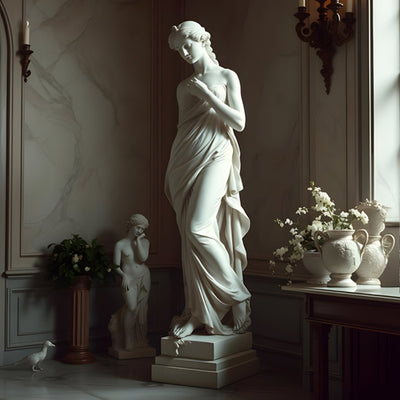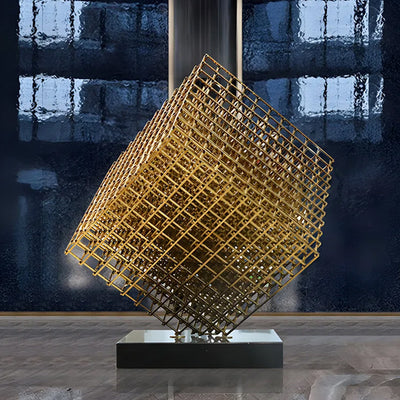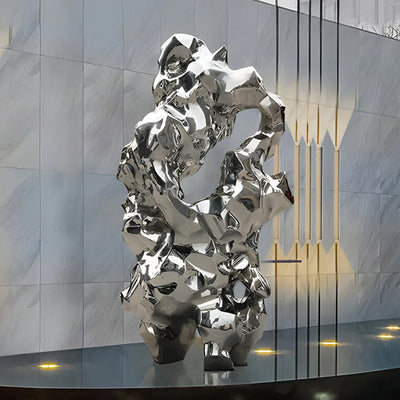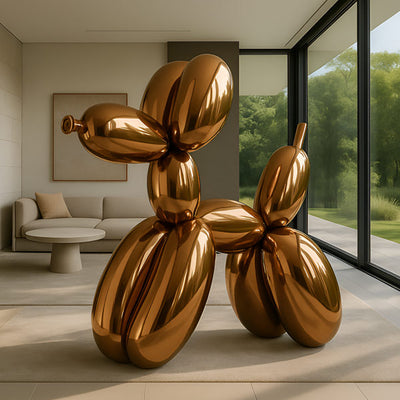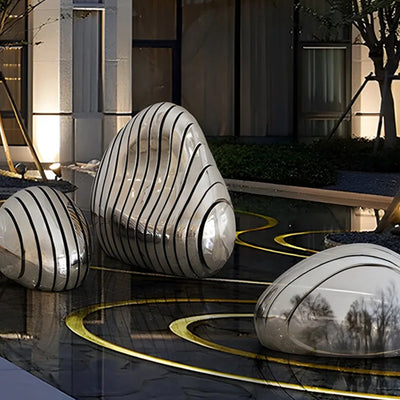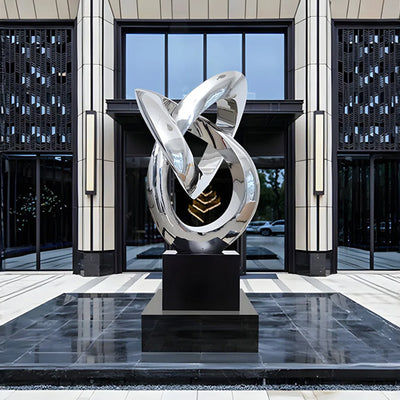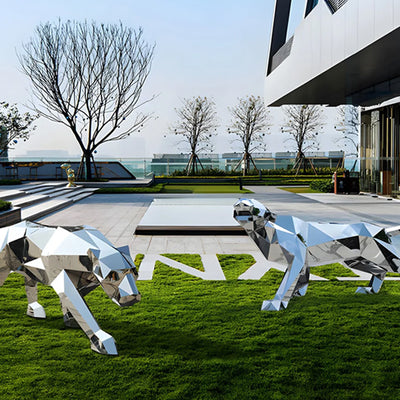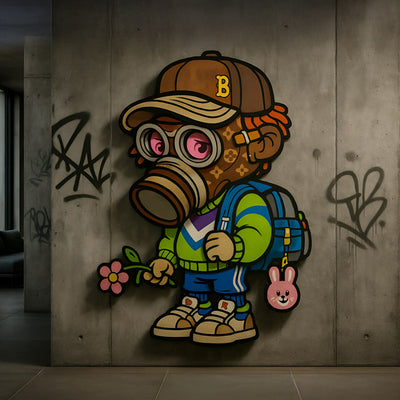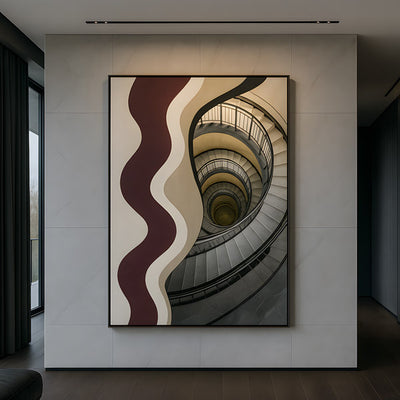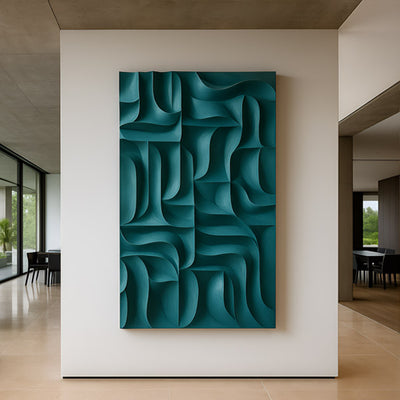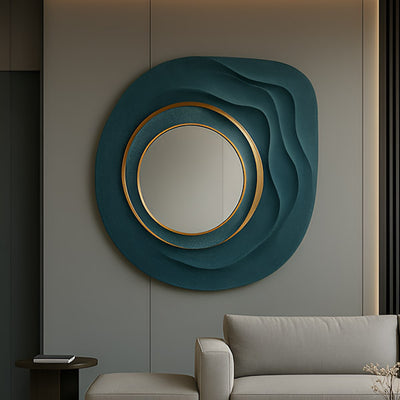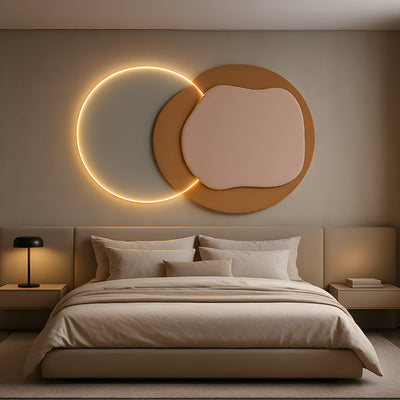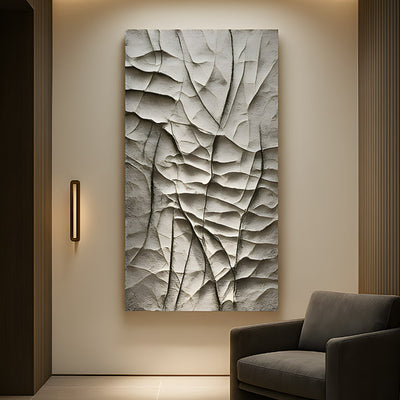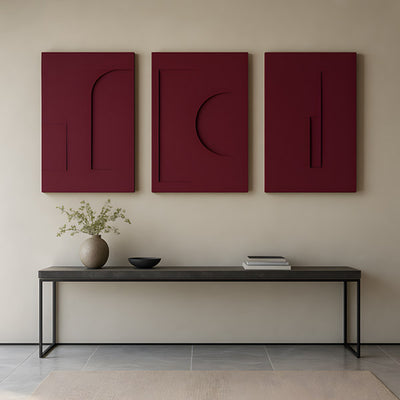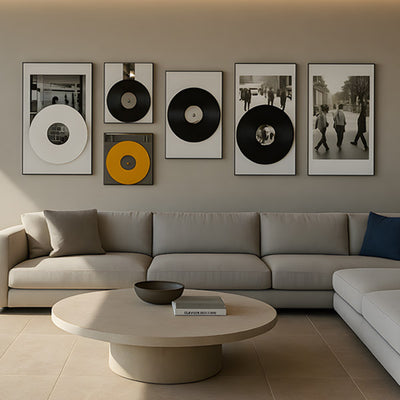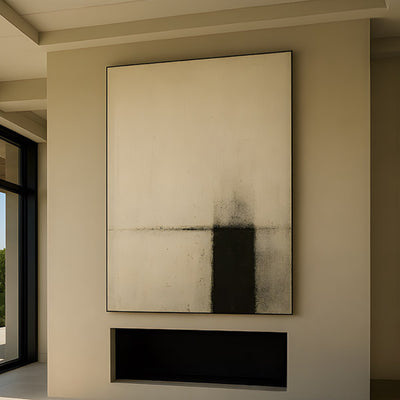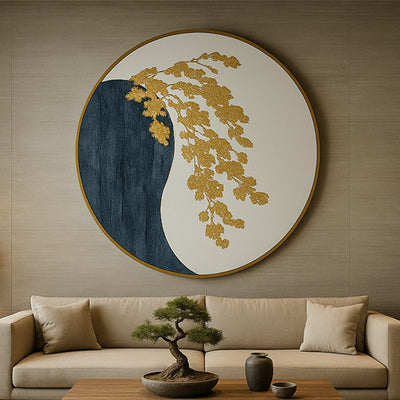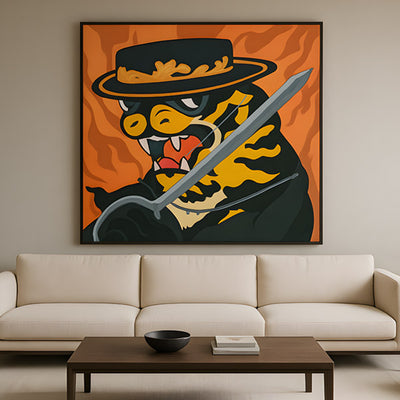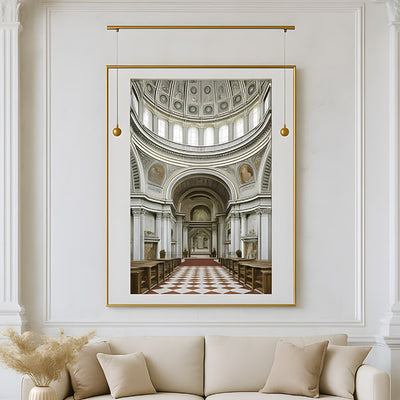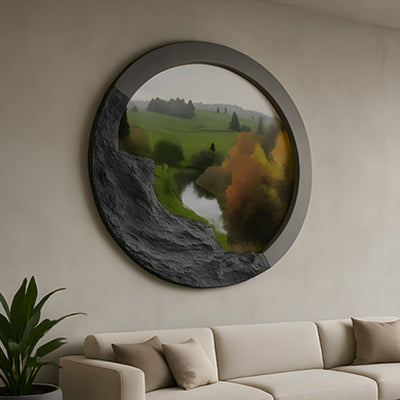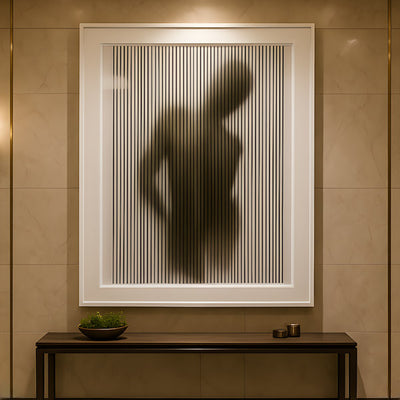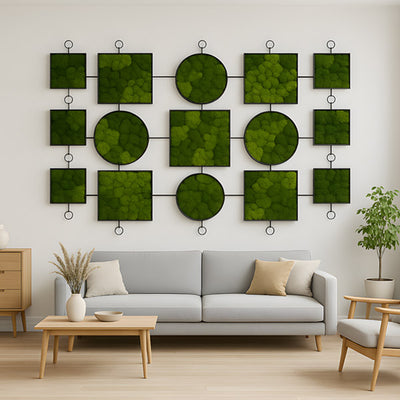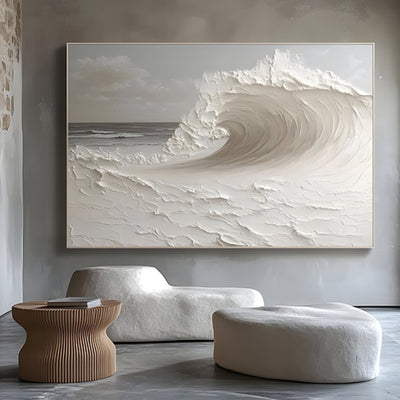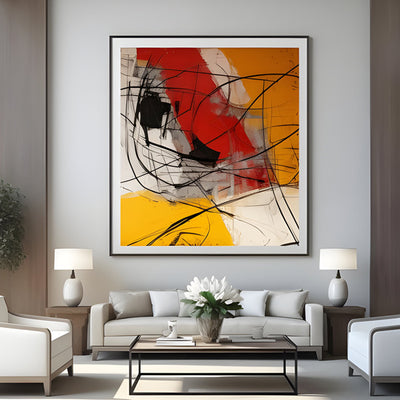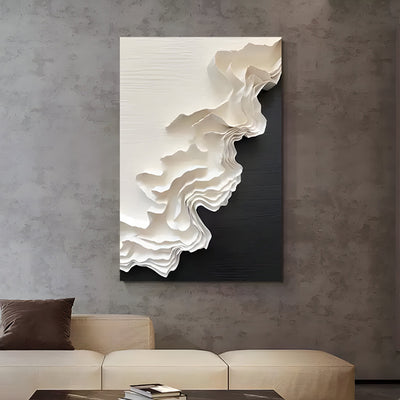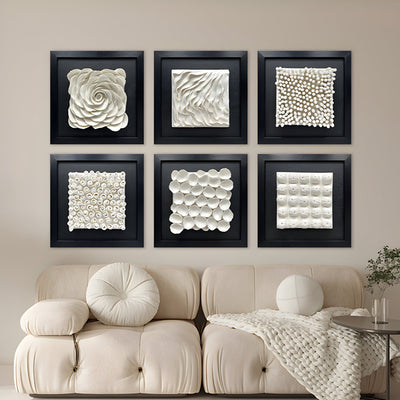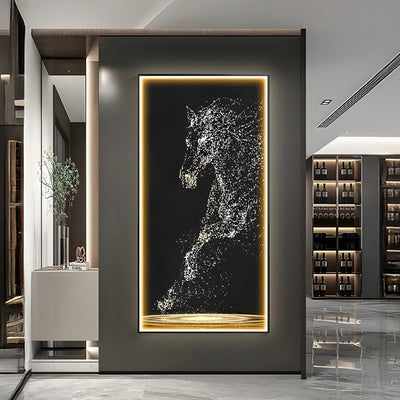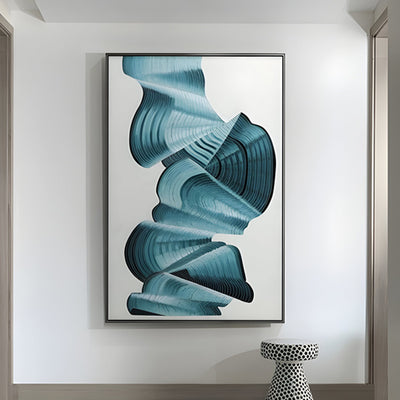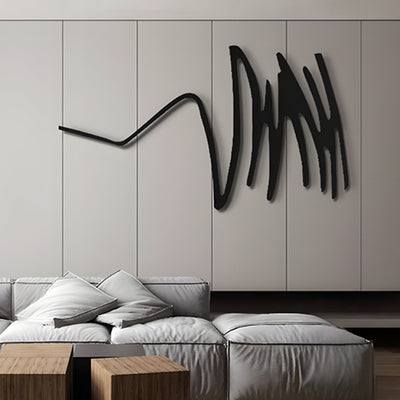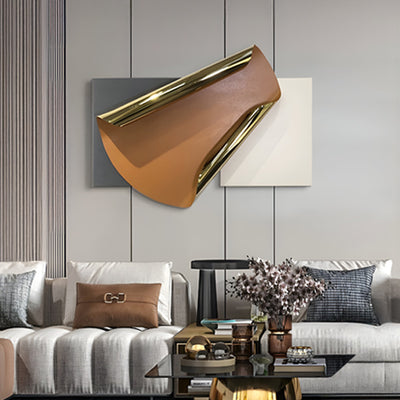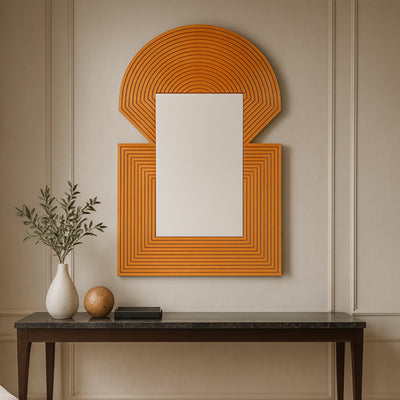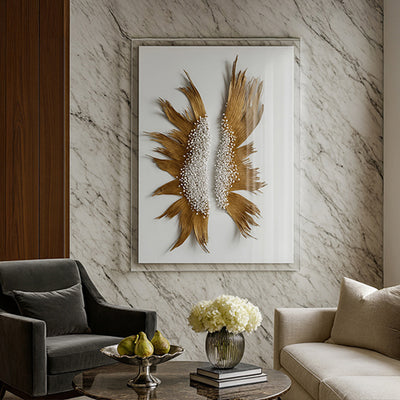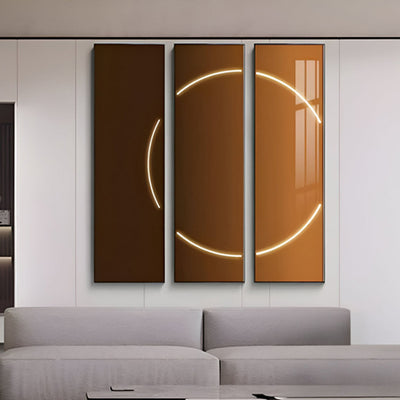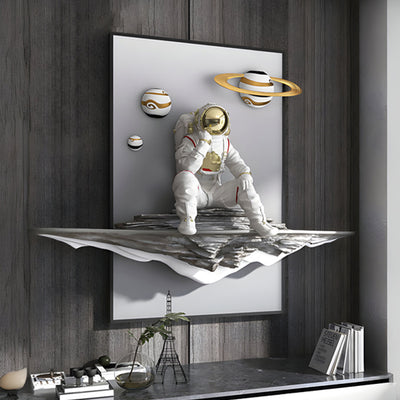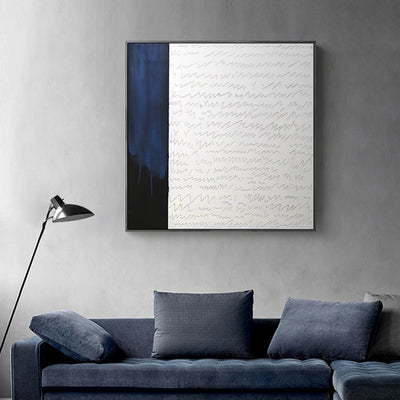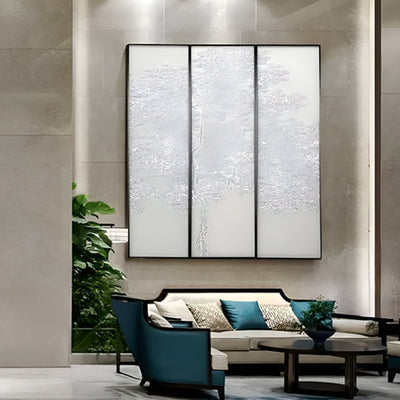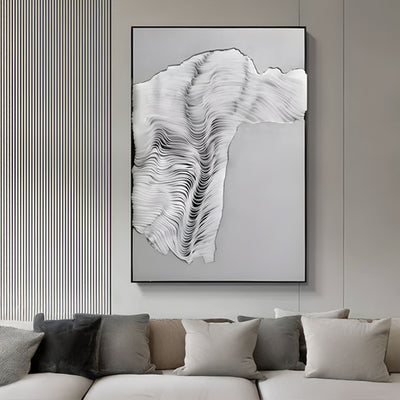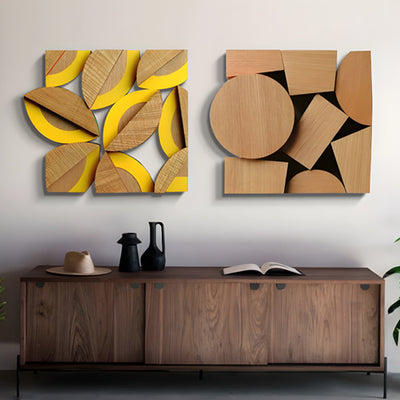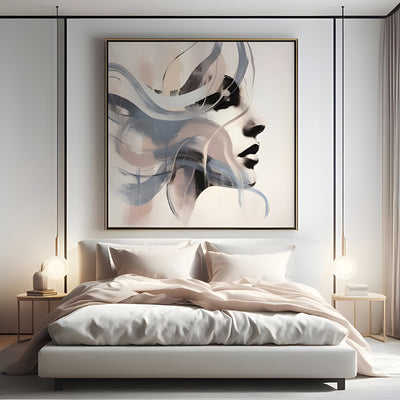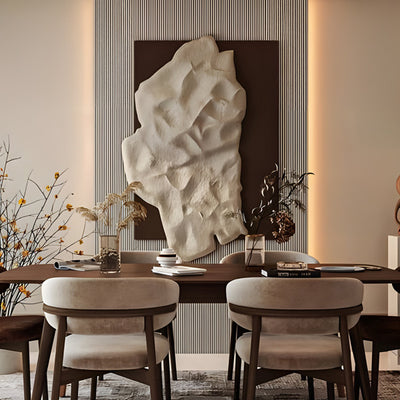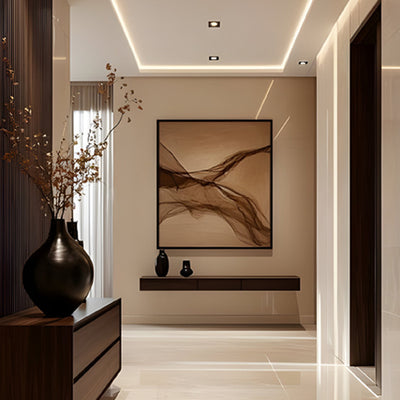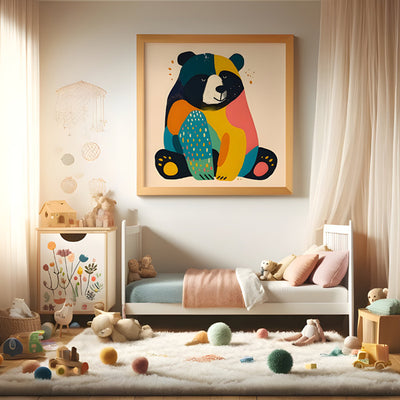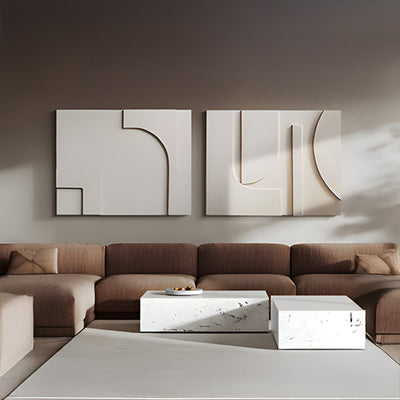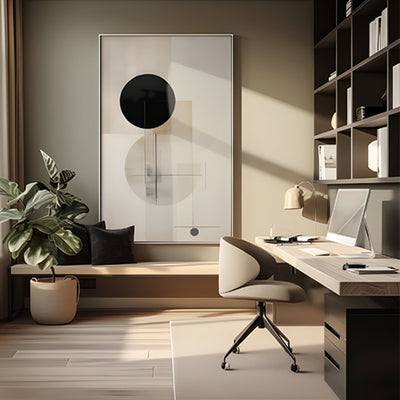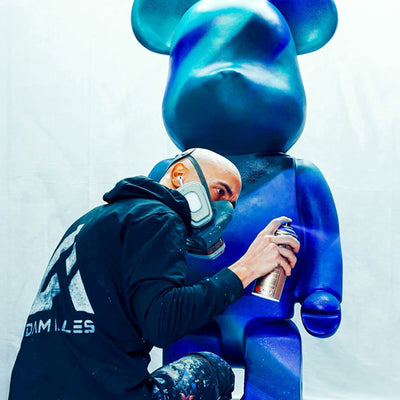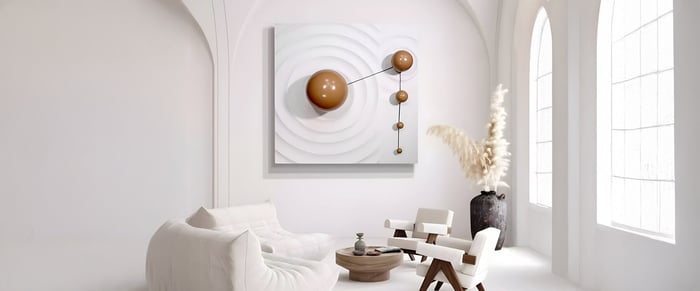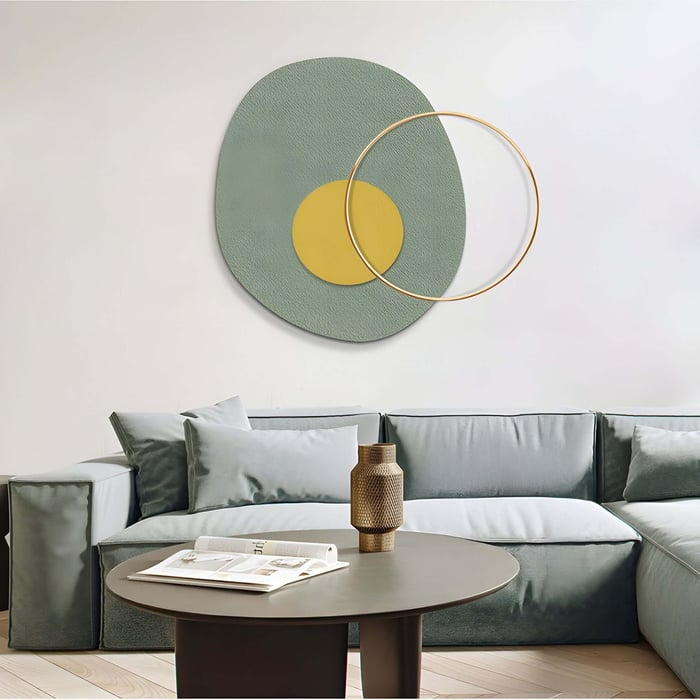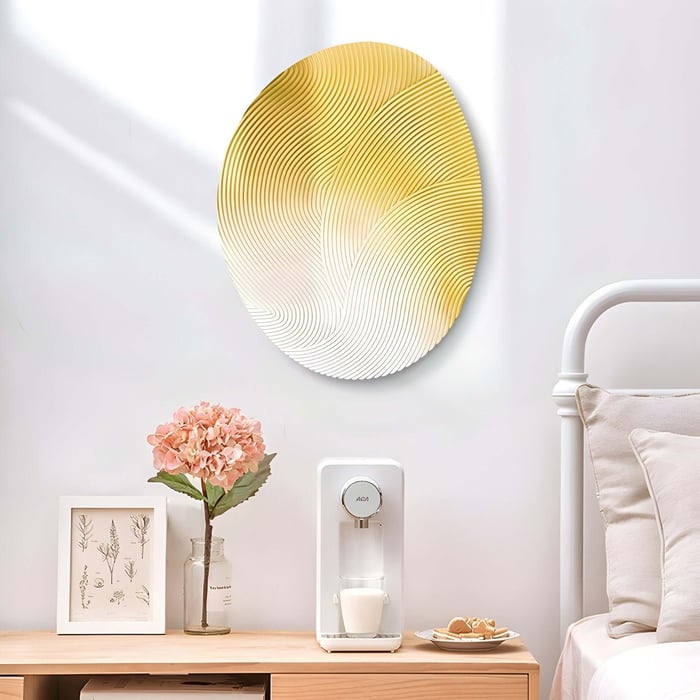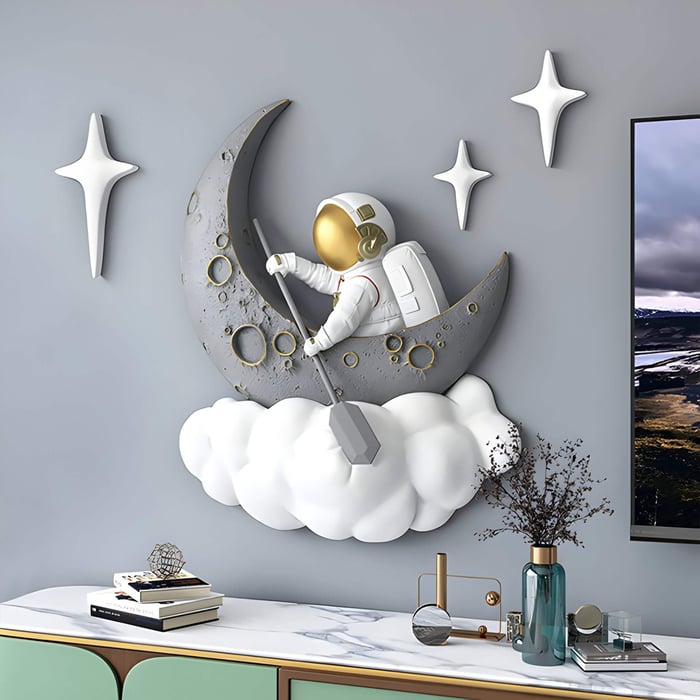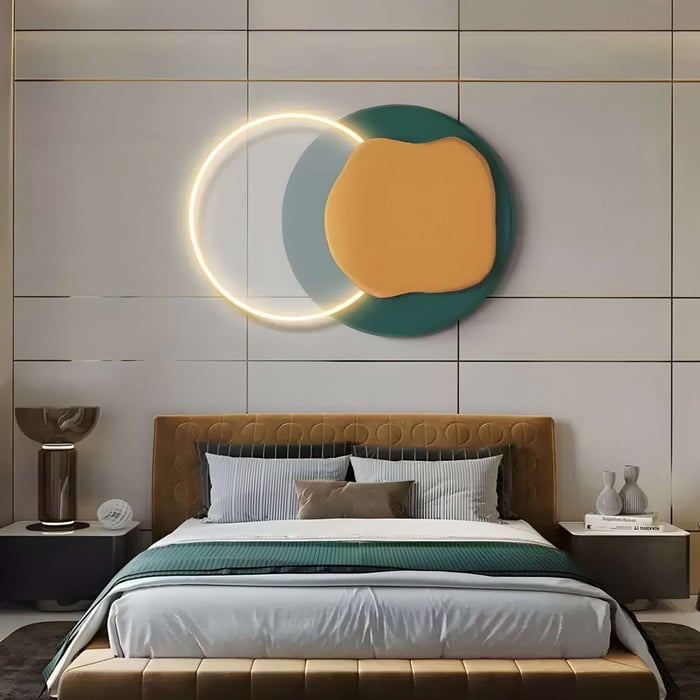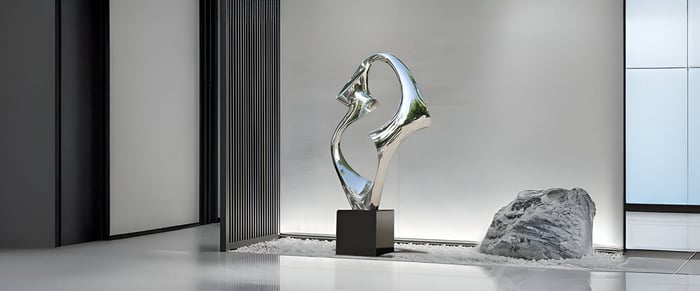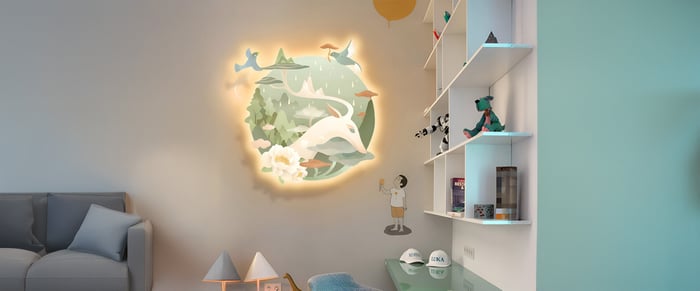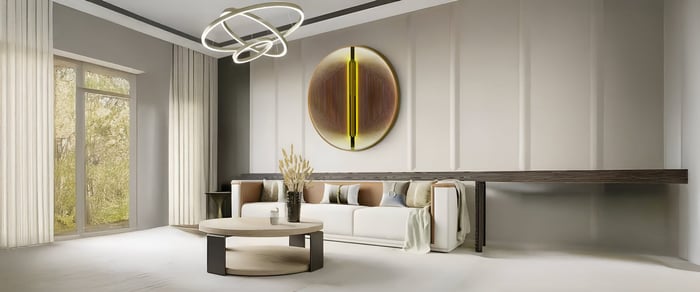Nordic art and Scandinavian style have become synonymous with simplicity, functionality, and natural aesthetics. These design philosophies transform spaces by embracing minimalism, clean lines, and a connection to nature. At the core of this approach is a commitment to uncluttered, calming environments that celebrate both form and purpose. In this guide, we introduce you to Nordic art, a visual language rooted in Scandinavian traditions, and explain its relevance in today’s interiors. We’ll discuss its origins, core design principles, and essential elements, as well as provide practical tips to integrate this style into your home. Whether you’re a beginner looking to refresh your space or a design enthusiast seeking inspiration, read on to discover how this art form can create a serene, balanced, and contemporary interior.
Nordic Art and Scandinavian Design: Definitions and Core Principles
Scandinavian design values clear, straightforward aesthetics with an emphasis on natural materials and uncluttered spaces. Rooted in minimalism, this approach reflects the region’s landscape and climate through practical yet elegant decor.
Defining Nordic Art
At its essence, Nordic art is defined by its focus on clear, straightforward design. It values simplicity over extravagance, favouring natural colours and materials that evoke the Scandinavian environment. Whether it’s a delicate wood carving, a striking resin piece, or an abstract canvas art, these art style retains an organic quality, drawing on nature-inspired art to create pieces that are both visually appealing and deeply connected to the outdoors. The journey of this art form has seen it evolve from handcrafted heritage to contemporary reinterpretations, where modern art design meets sustainable practices.
Core Principles of Scandinavian Style
Minimalism and Simplicity:
Scandinavian design is grounded in minimalism. Interiors are uncluttered, with an emphasis on clean lines and functional decor. Every element is carefully chosen, ensuring that each piece has a purpose and contributes to the overall harmony of the space.
Natural Light and Materials:
One of the key tenets of Nordic style is the use of natural light and materials. Large windows, neutral colour palettes, and the extensive use of wood and stone help create bright, airy spaces that feel both inviting and practical. These elements not only enhance the ambience but also connect the indoors with the natural world outside.
Hygge and Comfort:
The Danish concept of hygge (cosiness) plays a crucial role in Scandinavian design. It’s all about creating a warm, welcoming atmosphere through thoughtful details and comfortable furnishings. Nordic style often embodies this spirit by balancing sleek modernity with elements that evoke a sense of calm and relaxation.
Essential Elements of Nordic Art in Interiors
The unique charm of this art style lies in its careful balance of materiality, colour, and form. These elements work together to create environments that are both soothing and visually striking.
Materiality and Texture
A defining feature is the use of natural, tactile materials. Artists frequently incorporate wood, stone, wool, and even recycled elements into their work, which adds a sensory dimension to each piece. The inherent texture of these materials creates a visual narrative that is both subtle and captivating. Whether through the natural grain of wood art or the soft, muted finish of canvas art, these textures evoke a sense of organic beauty that is integral to Scandinavian design.
Colour Schemes and Lighting
Nordic design relies on muted colour palettes that foster a sense of serenity. Whites, soft greys, and gentle pastels are often accented with natural wood tones. This approach not only creates a harmonious environment but also allows natural light to play a pivotal role in enhancing the space. The careful interplay between colour and light transforms rooms, creating a warm, inviting atmosphere even during the darker months of the year.
Balance and Functionality
A key aspect of Scandinavian design is its emphasis on balance. Every piece of Nordic art is chosen not only for its beauty but also for its ability to harmonise with the overall space. This balanced design extends to furniture, decor, and accessories, ensuring that no single element overwhelms the room. The result is an interior that is both functional and aesthetically pleasing, a space where every item contributes to a unified, peaceful atmosphere.
Practical Tips for Incorporating Nordic Art into Your Home
Bringing the elegance of this minimalist art style into your home can transform your space into a haven of calm and style. Here are some actionable tips to help you integrate these elements into your decor.
Curating Your Collection
Start by selecting pieces that resonate with your personal style while reflecting the clean, minimalist ethos of Scandinavian design. Whether it’s abstract art minimalism on canvas, intricately carved wood pieces, or modern sculptures that embody natural textures, choose artworks that speak to you. Consider pieces that not only serve as decoration but also offer functionality and evoke a sense of hygge, a cosy, inviting feel.
Mixing with Modern Elements
Blend Scandinavian art with your existing decor for a cohesive look. If your home already has a modern art aesthetic, integrate artworks that reinforce that theme. For instance, a piece of contemporary Nordic decor featuring muted colour palettes and subtle abstract forms can blend seamlessly with modern interiors. Experiment with pairing resin art alongside wood carvings to create an eclectic yet balanced display.
Creating a Cohesive Space
Achieving a harmonious look involves careful planning. Start by determining the layout of your space and consider how each piece of art will interact with your furniture, colour schemes, and lighting. Place larger artworks in focal areas such as living rooms or entryways, while smaller pieces can be arranged on gallery walls or as accents in bedrooms. The goal is to create a balanced composition where each element supports the overall aesthetic, leading to an interior transformation that is both stylish and functional.
Enhancing Ambience with Lighting
Lighting plays a crucial role in showcasing Nordic art. Use a combination of ambient lighting and accent lights to highlight the textures and details of your artworks. Natural light, if available, can also enhance the subtle hues and organic forms, creating a dynamic interplay of light and shadow throughout the day. Experiment with different lighting setups to find the perfect balance that accentuates the mood and character of your space.
Final Thoughts: Transform Your Space with Nordic Art
The principles of Nordic art encapsulate the very essence of Scandinavian design - simplicity, functionality, and a deep connection to nature. By incorporating these elements into your home, you can create a space that is both serene and sophisticated, reflecting a balanced approach to modern living. Whether your taste leans towards minimalist canvases, contemporary sculptures, or cosy accents that evoke a sense of hygge, this style offers a versatile path to interior transformation.
If you’re ready to explore the transformative power of this style, we invite you to browse curated collections at Giant Sculptures. Discover inspiring artworks that capture the understated beauty of Nordic design and turn your living space into a personalised sanctuary of clean aesthetics and balanced design.
